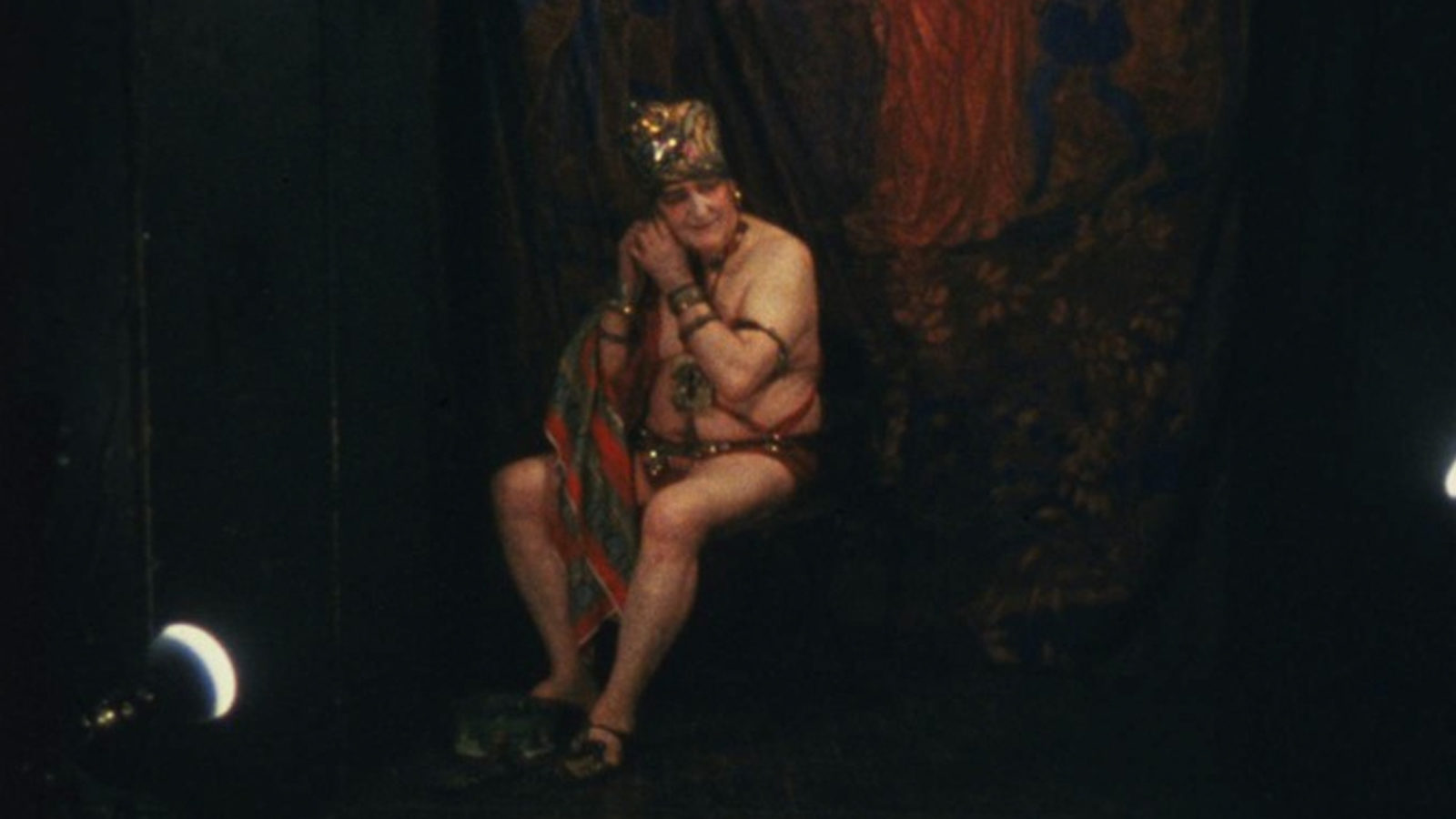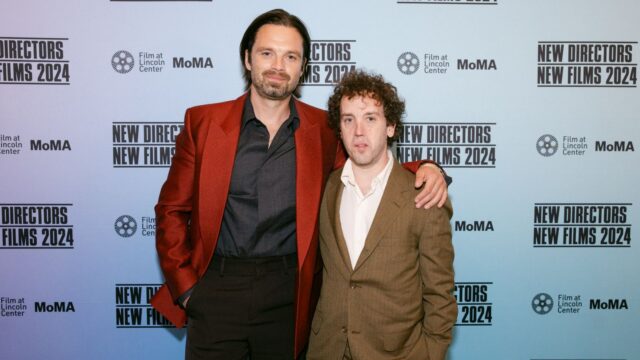Paul Swan

Andy Warhol’s filmmaking was an important influence on Yvonne Rainer’s, and his 1965 film Paul Swan is reminiscent of Lives of Performers because of their shared engagement with silent-era aesthetics. In Rainer’s film, for instance, the choreography of Valda Setterfield’s solo is inspired by Alla Nazimova’s Dance of the Seven Veils in Salome, whereas Warhol brings a pre-talkie iconography into the present by way of his eponymous star. Swan—once dubbed Nijinsky’s successor as well as “the most beautiful man in the world”—was already in his eighties during the production of the film, and the aging performer gamely proceeds, scantily clad, through dances he conceived many decades prior. “Warhol’s interest in Paul Swan,” Callie Angell once remarked, “seems to have been based on the observation that, in his unswerving dedication to his increasingly anachronistic art form, Swan had become the living embodiment of camp.”






